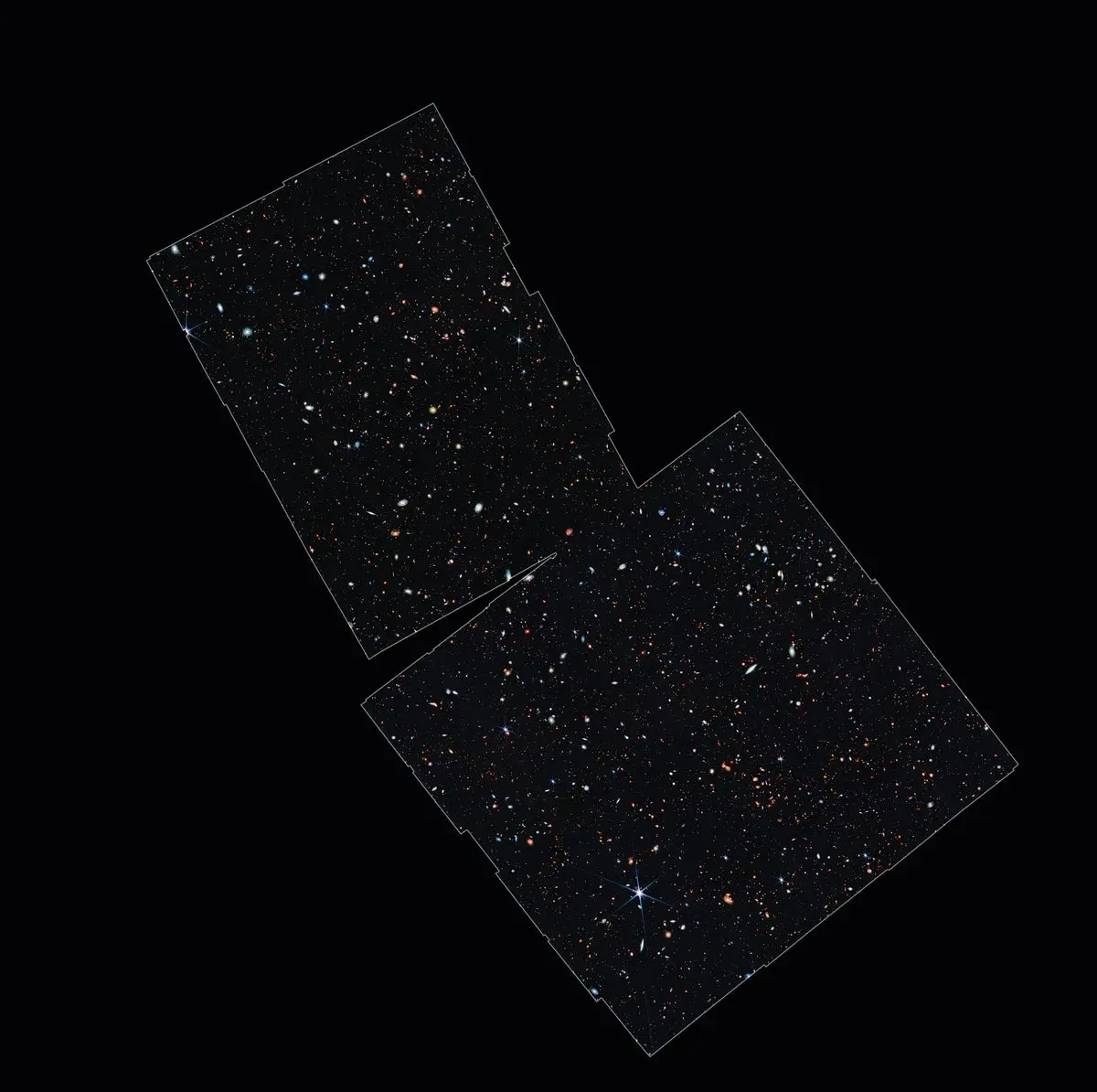- cross-posted to:
- space@beehaw.org
- cross-posted to:
- space@beehaw.org
Posted yesterday here :
JWST might …dark matter starsJWST initially identified these three objects (JADES-GS-z13-0, JADES-GS-z12-0, and JADES-GS-z11-0) as galaxies in December 2022. Now, a team suggests they might be “dark stars,” theoretical objects powered by particles of dark matter annihilating. Credit: NASA/ESA
infrared radiation is what they observed. All the rest is speculation based a faild model that is Lambda CDM. “inflation” of the universe is so far fetched and based on almost nothing. History of Science has shown again and again that scientists deeply immerge in their field cannot think outside of it, not until contrary evidence is overwhelming. There’s more in physics we don’t know than what we do.
Now, about the history of science :
Kuhn, Thomas S. (1996). The Structure of Scientific Revolutions (3rd ed.). University of Chicago Press. ISBN 978-0-226-45807-6.
wiki linkSummery of the book
The Structure of Scientific Revolutions is a book about the history of science by philosopher Thomas S. Kuhn. Its publication was a landmark event in the history, philosophy, and sociology of science. Kuhn challenged the then prevailing view of progress in science in which scientific progress was viewed as “development-by-accumulation” of accepted facts and theories. Kuhn argued for an episodic model in which periods of conceptual continuity where there is cumulative progress, which Kuhn referred to as periods of “normal science”, were interrupted by periods of revolutionary science. The discovery of “anomalies” during revolutions in science leads to new paradigms. New paradigms then ask new questions of old data, move beyond the mere “puzzle-solving” of the previous paradigm, change the rules of the game and the “map” directing new research.


